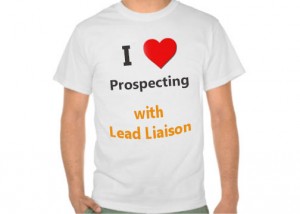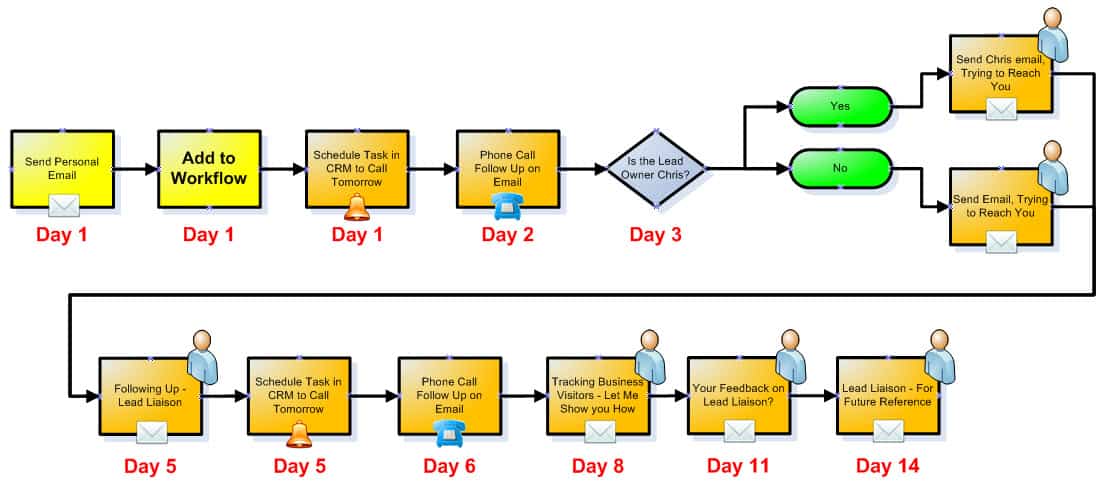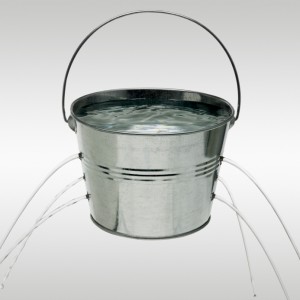Giving Salespeople a Lead Generation Tool with Visitor Tracking
 Every Salesperson Needs a Good Set of Lead Generation Tools
Every Salesperson Needs a Good Set of Lead Generation Tools
When it comes to surviving in the world of B2B and B2C sales today, your business needs every lead generation tool available. Regardless of whether you actually sell services and/or goods online or have a brick and mortar business and are trying to attract more customers, you still need tools in place for generating leads. Visitor tracking is an incredibly effective tool for doing just that.
The reality is that you probably have more people who are primed to be excellent leads visiting your website than you know. Unfortunately, when you do not know about those leads, you cannot take action. Visitor tracking is designed to help you identify every possible lead and provide that relevant information to your salespeople, so you can ensure that there is never an opportunity lost.
What Exactly Is Visitor Tracking?
Visitor tracking works to provide your salespeople with the ability to monitor visitors to your website by name, company, and/or location. With this information, your salespeople will be better able to identify prospective clients as well as their needs. As the world of business becomes increasingly competitive, visitor tracking is beginning to form the crux of all online marketing efforts.
If your business has a sales team in place, you need visitor tracking. Most companies provide a number of tools to help their sales teams succeed, and marketing automation is an effective tool. Visitor tracking is another lead generation tool designed to aid your sales team in approaching potential customers intelligently and at the right time. When handled correctly, visitor tracking can help your sales team work more efficiently and effectively.
Visitor tracking can be particularly beneficial if your sales team travels to networking events, conventions, or tradeshows. Rather than having your team waste significant resources following up via phone with contacts, you can instead take advantage of visitor tracking to ensure that you make contact with prospects when they are ready.
As digital marketing efforts continue to evolve, it becomes incumbent upon businesses in every sector to make the most of every available opportunity. Visitor tracking can help your sales team stay competitive. Get out there and grab a great lead generation tool for your company!










